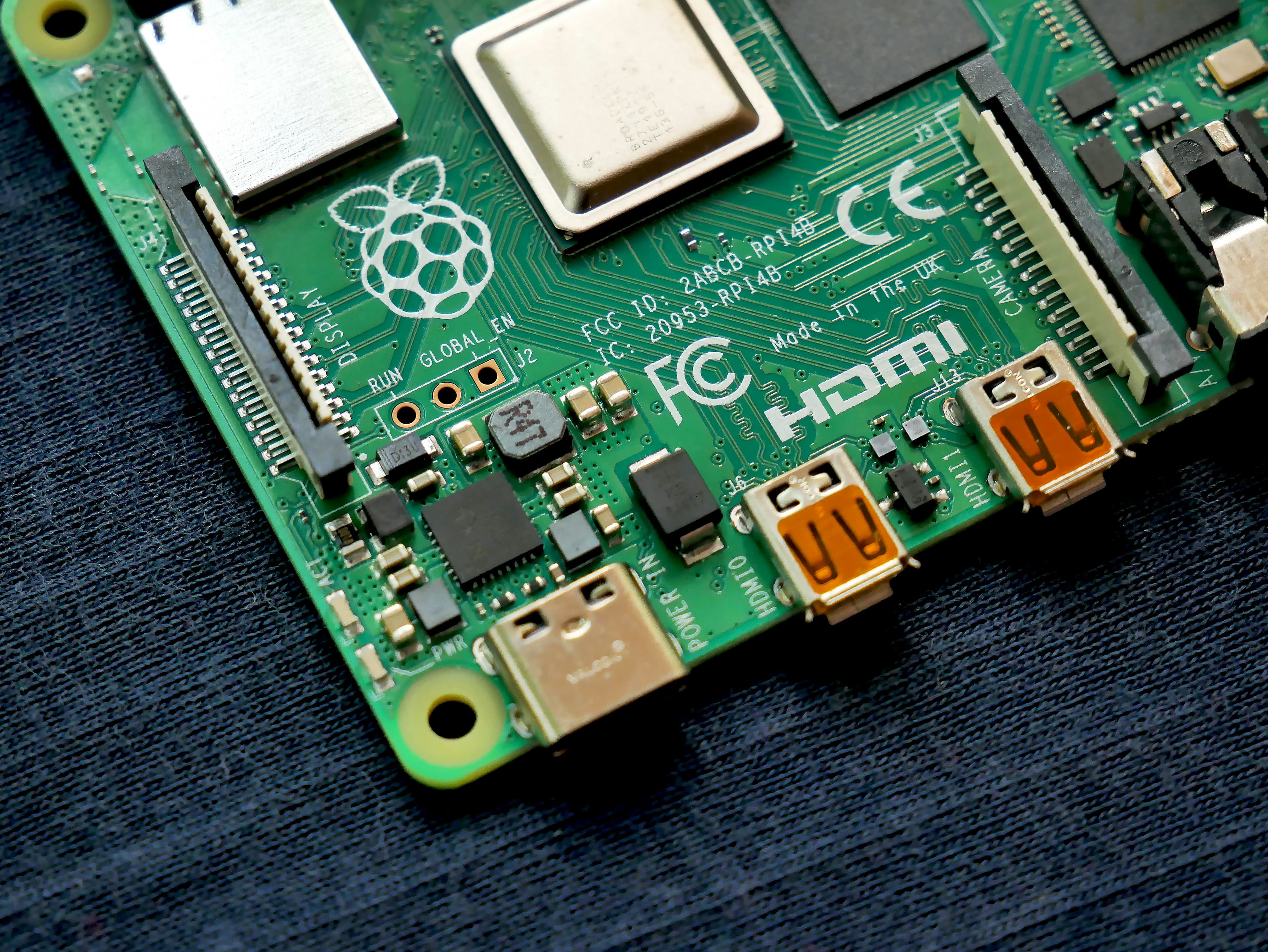Several years ago, I used a Raspberry Pi connected to a big-screen TV to display a bird's-eye view of application and infrastructure vitals.
Fast forward to today—I found myself needing exactly the same thing again. Sometimes those early ideas really do stand the test of time.
So I grabbed a Raspberry Pi, hooked it up to a monitor, and set it up to automatically launch a browser with a predefined URL. Simple enough, right?
Well, not quite. Most of the guides I found online were either overly complex or outdated.
In the end, what worked for me was surprisingly straightforward:
I just created a desktop entry to auto-launch Chromium on login.
Here’s how:
1. Create an autostart directory if it doesn’t already exist, under the user that logs in automatically:
2. Inside that directory, create a file named chromium.desktop (the extension is important) with the following contents:
[Desktop Entry]
Type=Application
Exec=chromium-browser --noerrdialogs --kiosk http://your-dashboard-url --password-store=basic
Hidden=false
X-GNOME-Autostart-enabled=true
Name=ChromiumThat last argument --password-store=basic) ensures the GNOME keyring popup doesn’t appear on every boot.
